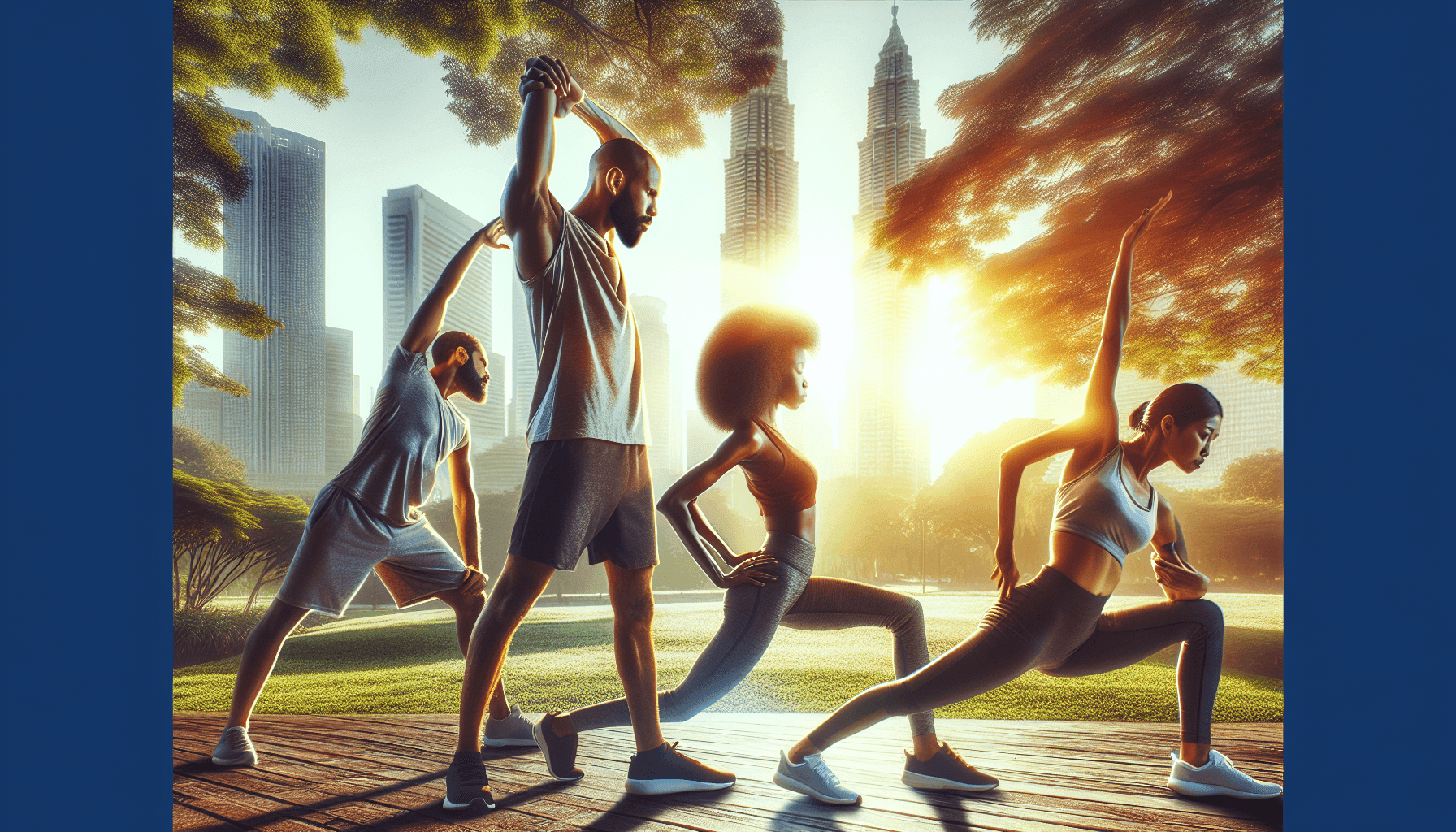Improving mobility is crucial for maintaining overall physical health and optimizing athletic performance. Whether you’re an athlete, a fitness enthusiast, or someone who simply wants to enhance their range of motion and flexibility, incorporating stretching routines into your exercise regimen can help you achieve these goals. Stretching not only increases flexibility but also helps to prevent injuries and promote recovery.
The Importance of Stretching
Stretching plays a vital role in improving mobility by lengthening and increasing the elasticity of muscles and connective tissues. It helps to improve joint range of motion, allowing for better movement and performance in various activities. Regular stretching can also help to correct postural imbalances and reduce muscular tension, leading to improved body alignment and decreased risk of musculoskeletal injuries.
There are different types of stretching techniques, including static stretching, dynamic stretching, and proprioceptive neuromuscular facilitation (PNF) stretching. Each technique has its own benefits and can be incorporated into your routine based on your goals and preferences.
Static Stretching
Static stretching involves holding a stretch for a certain period while the muscle is at rest. Many people are familiar with static stretching, as it is commonly used in warm-up and cool-down routines. This type of stretching helps to improve flexibility by gradually elongating the muscle fibers and increasing their range of motion. It is best performed after a workout or physical activity when the muscles are warm and pliable.
When performing static stretches, it’s important to maintain proper form, focusing on a slow and controlled stretch without bouncing or jerking movements. Hold each stretch for 15 to 30 seconds, breathing deeply to promote relaxation and increase the stretch intensity if needed.
Dynamic Stretching
Dynamic stretching involves active movements that mimic the motions of sport-specific or daily activities. Unlike static stretching, dynamic stretching involves continuous movement through a range of motion, promoting active muscle engagement and warming up the body. This type of stretching is beneficial for improving mobility, enhancing functional movements, and preparing the body for physical activity or sports performance.
Dynamic stretching can include movements like walking lunges, arm circles, high knees, or trunk rotations. These exercises are performed in a controlled and deliberate manner, gradually increasing the range of motion as you warm up. Dynamic stretching is recommended before a workout or any physical activity to activate the muscles, increase blood flow, and improve performance.
PNF Stretching
PNF stretching, short for proprioceptive neuromuscular facilitation, is a technique that involves alternating between contracting and relaxing muscle groups. This technique helps to improve flexibility and is commonly used in rehabilitation settings. PNF stretching is highly effective in increasing range of motion because it activates both the target muscle and its antagonist. This results in a deeper stretch and can lead to significant gains in flexibility.
There are different PNF stretching techniques, but one common method is the contract-relax technique. Start by stretching the target muscle, then contract the muscle against resistance for about 5 to 10 seconds. Afterward, relax the muscle and passively stretch it again for a deeper result. This process can be repeated a few times to enhance flexibility.
Incorporating Stretching Into Your Routine
Now that you understand the importance of stretching and the different techniques available, it’s essential to know how to incorporate stretching into your routine effectively. Here are some tips:
- Warm-up: Before starting any stretching routine, it’s crucial to warm up your body with light cardiovascular exercises like jogging or cycling. Increased blood flow to the muscles helps to prepare them for stretching and reduces the risk of injury.
- Balance your routine: Aim for a well-rounded stretching routine that targets all major muscle groups. Focus on stretching your lower body, upper body, and core to maintain overall balance and flexibility.
- Frequency and duration: It’s recommended to stretch at least three times a week to maintain and improve flexibility. Each stretching session should last for about 15 to 30 minutes, allowing adequate time for each stretch and ensuring proper form.
- Listen to your body: It’s essential to pay attention to your body’s cues during stretching. Stretch to the point of mild discomfort but not pain. If a stretch feels too intense, back off slightly and find a comfortable level.
- Combine with other exercises: Stretching can be incorporated into your existing workout routine or combined with other exercises like yoga or Pilates. This can provide additional benefits such as improved strength, balance, and posture.
- Consult a professional: If you’re new to stretching or have specific mobility concerns, it can be helpful to consult a fitness professional or physical therapist. They can guide you in developing a personalized stretching routine and ensure proper form and technique.
Remember, consistency is key when it comes to improving mobility through stretching routines. Make stretching a regular part of your exercise routine and reap the benefits of increased flexibility, improved performance, and reduced risk of injury over time.
To learn more about mobility training and how it can benefit your overall fitness journey, check out Eastside Ideal Health. Their experienced trainers can provide you with guidance and support to help you achieve your mobility and fitness goals.

